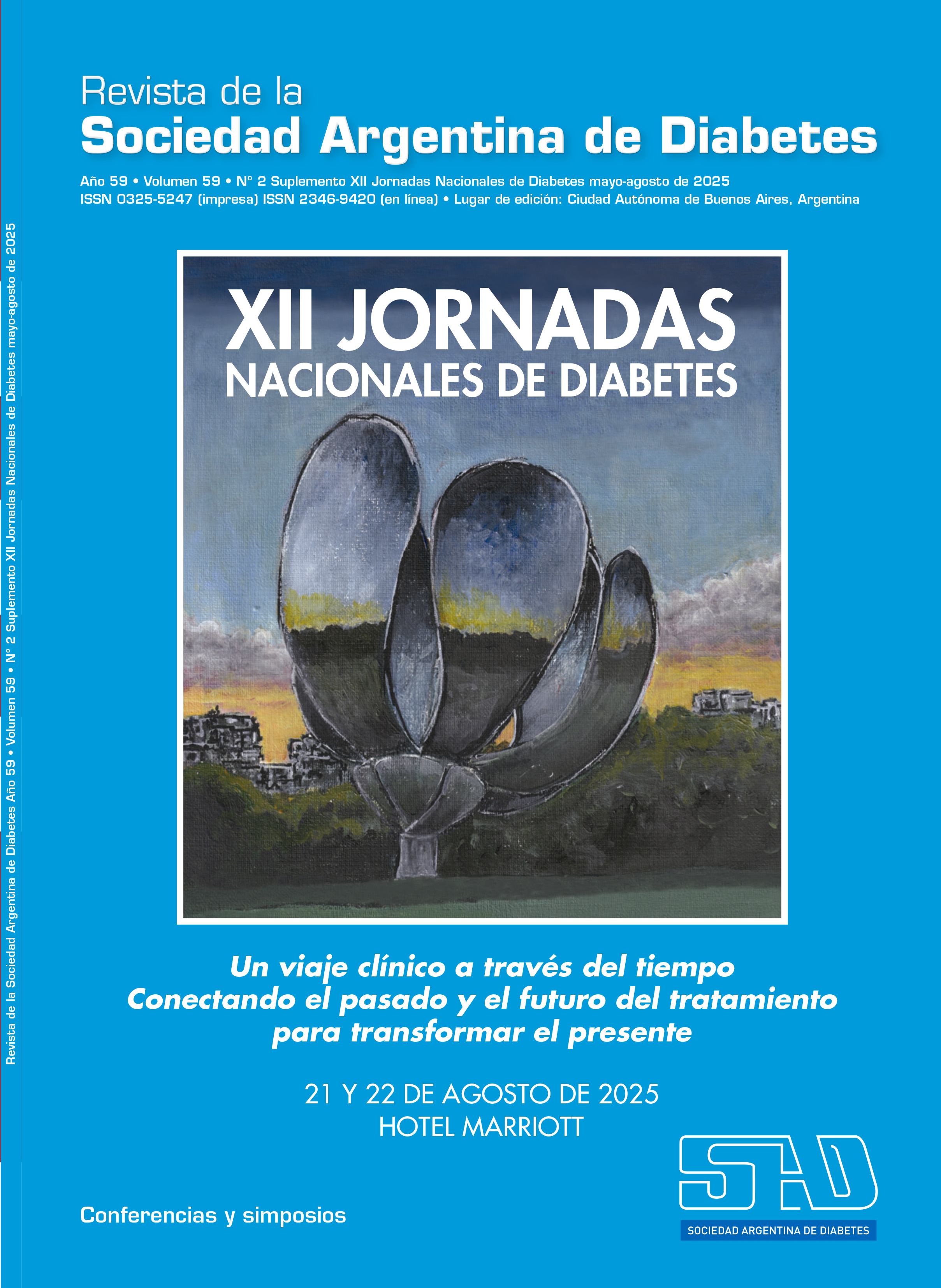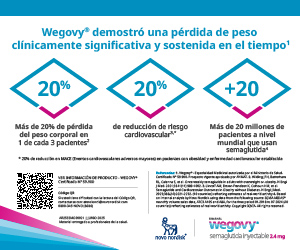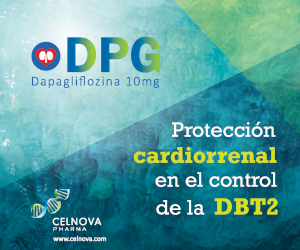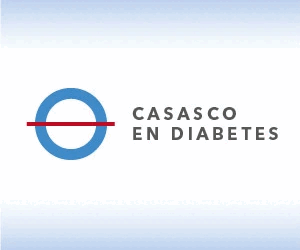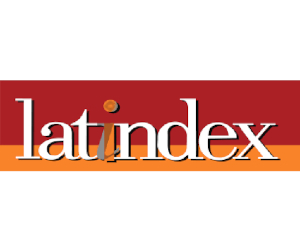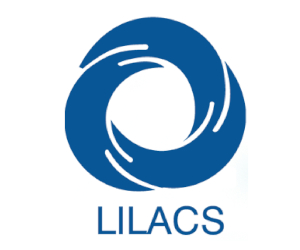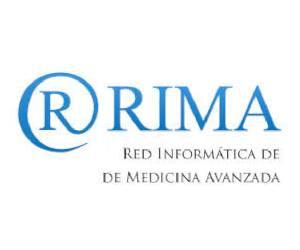Heart failure in diabetes: are we late?
DOI:
https://doi.org/10.47196/diab.v59i2Sup.1234Keywords:
diabetes, heart failureAbstract
Heart failure (HF) affects between 2% and 3% of the general population, but its prevalence can exceed 10% in people over 70 years of age. Diabetes mellitus (DM) is an independent risk factor for the development of HF, increasing the risk 2- to 4-fold in both men and women.
In patients with DM, HF is not only a common cardiovascular complication but may also represent the first clinical manifestation, even in the absence of prior coronary artery disease. This association translates into an increased risk of hospitalization, functional decline, and cardiovascular mortality1.
From a pathophysiological perspective, DM contributes to the development of HF through multiple mechanisms, including myocardial ischemia, microvascular dysfunction, chronic inflammation, oxidative stress, mitochondrial dysfunction, alterations in cardiomyocyte energy metabolism, collagen glycation, and dysfunctional epicardial adipose tissue, among others. The current classification of HF is based on ejection fraction (EF): HF with reduced EF (HFrEF), mildly reduced EF, and HF with preserved EF (HFpEF). Although they present different clinical profiles, all share an adverse prognosis2
The universal definition of HF establishes structured criteria for its diagnosis, including typical symptoms and signs, objective evidence of cardiac structural or functional abnormality associated with signs of systemic or pulmonary congestion through echocardiographic signs of pressure overload or elevated natriuretic peptides3. However, diagnosis remains especially challenging in patients with HFpEF, in whom symptoms may be nonspecific and overlap with other conditions common in people with DM, such as obesity, chronic obstructive pulmonary disease (COPD), or functional impairment.
In this setting, pharmacological treatment has evolved significantly. Sodium-glucose cotransporter 2 inhibitors (SGLT-2 inhibitors) have been shown to reduce the combined risk of HF hospitalization and cardiovascular death in various patient profiles, with or without DM, and in any HF phenotype4.
Meanwhile, GLP-1 receptor agonists (GLP-1 RAs) showed benefits in HFpEF, while finerenone demonstrated efficacy in reducing cardiovascular and renal events in patients with T2DM and chronic kidney disease5.
Managing patients with T2DM and HF requires a multidimensional strategy. Beyond glycemic and hemodynamic control, it is essential to incorporate therapies with robust evidence of reducing major clinical events. This paradigm shift transcends traditional metabolic control and guides treatment toward preventing cardiovascular and renal complications, prioritizing a personalized approach that optimizes long-term clinical outcomes.
References
I. McDonagh TA, Metra M, Adamo M, et al. 2021 ESC Guidelines for the diagnosis and treatment of acute and chronic heart failure. Eur Heart J 2021;42(36):3599-3726.
II. Packer M. Heart failure phenotypes and the universal definition of heart failure. Card Fail Rev 2021;7:e04.
III. Bozkurt B, Coats AJS, Tsutsui H, et al. Universal definition and classification of heart failure. A report of the Heart Failure Society of America, Heart Failure Association of the ESC, Japanese Heart Failure Society and Writing Committee. J Card Fail 2021;27(4):387-413.
IV. Zannad F, Ferreira JP, Pocock SJ, et al. SGLT-2 inhibitors in patients with heart failure: a comprehensive meta-analysis. Lancet 2022;400(10354):757-767.
V. Bakris GL, Agarwal R, Anker SD, et al. Effect of finerenone on chronic kidney disease outcomes in type 2 diabetes. N Engl J Med 2020;383(23):2219-2229.
Downloads
Published
Issue
Section
License
Copyright (c) 2025 on behalf of the authors. Reproduction rights: Argentine Diabetes Society

This work is licensed under a Creative Commons Attribution-NonCommercial-NoDerivatives 4.0 International License.
Dirección Nacional de Derecho de Autor, Exp. N° 5.333.129. Instituto Nacional de la Propiedad Industrial, Marca «Revista de la Sociedad Argentina de Diabetes - Asociación Civil» N° de concesión 2.605.405 y N° de disposición 1.404/13.
La Revista de la SAD está licenciada bajo Licencia Creative Commons Atribución – No Comercial – Sin Obra Derivada 4.0 Internacional.
Por otra parte, la Revista SAD permite que los autores mantengan los derechos de autor sin restricciones.



